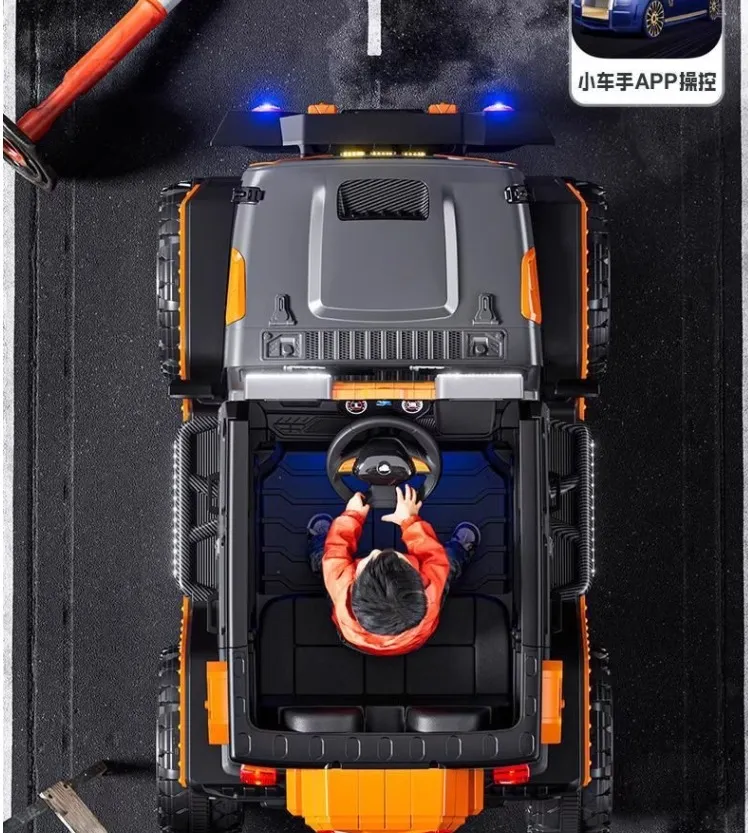
- Afrikaans
- Albanian
- Amharic
- Arabic
- Armenian
- Azerbaijani
- Basque
- Belarusian
- Bengali
- Bosnian
- Bulgarian
- Catalan
- Cebuano
- Corsican
- Croatian
- Czech
- Danish
- Dutch
- English
- Esperanto
- Estonian
- Finnish
- French
- Frisian
- Galician
- Georgian
- German
- Greek
- Gujarati
- Haitian Creole
- hausa
- hawaiian
- Hebrew
- Hindi
- Miao
- Hungarian
- Icelandic
- igbo
- Indonesian
- irish
- Italian
- Japanese
- Javanese
- Kannada
- kazakh
- Khmer
- Rwandese
- Korean
- Kurdish
- Kyrgyz
- Lao
- Latin
- Latvian
- Lithuanian
- Luxembourgish
- Macedonian
- Malgashi
- Malay
- Malayalam
- Maltese
- Maori
- Marathi
- Mongolian
- Myanmar
- Nepali
- Norwegian
- Norwegian
- Occitan
- Pashto
- Persian
- Polish
- Portuguese
- Punjabi
- Romanian
- Russian
- Samoan
- Scottish Gaelic
- Serbian
- Sesotho
- Shona
- Sindhi
- Sinhala
- Slovak
- Slovenian
- Somali
- Spanish
- Sundanese
- Swahili
- Swedish
- Tagalog
- Tajik
- Tamil
- Tatar
- Telugu
- Thai
- Turkish
- Turkmen
- Ukrainian
- Urdu
- Uighur
- Uzbek
- Vietnamese
- Welsh
- Bantu
- Yiddish
- Yoruba
- Zulu
Oct . 05, 2024 04:33 Back to list
Adjusting Shimano Rear Derailleurs for Optimal Performance on Mountain Bikes
Adjusting Shimano Rear Derailleur on Mountain Bikes
Properly adjusting the rear derailleur on your Shimano-equipped mountain bike is essential for smooth shifting and optimal performance on the trails. Whether you’re tackling rugged terrain or cruising along scenic paths, a well-tuned derailleur ensures that your gear changes are precise, allowing for a more enjoyable ride. Here’s a guide to help you adjust your Shimano rear derailleur effectively.
Understanding the Components
Before diving into the adjustment process, it’s important to familiarize yourself with the components of your Shimano rear derailleur. Key parts include the limit screws, tension adjustment, and the B-screw. The limit screws control how far the derailleur can move, preventing the chain from falling off the cassette. The tension adjustment ensures that the derailleur has the right amount of spring tension, while the B-screw fine-tunes the distance between the derailleur and the cassette.
Tools Required
To adjust your Shimano rear derailleur, you’ll need a few tools - Phillips screwdriver (for limit screw adjustments) - Allen keys or a 3mm Allen wrench (for the B-screw) - Chain checker (to assess chain wear) - A good bike stand or a way to elevate your bike for ease of access
Step-by-Step Adjustment
adjusting shimano rear derailleur mountain bike

1. Check the Basics Start by inspecting your bike’s chain and cassette for wear. A worn chain can lead to shifting issues that adjustment alone may not resolve. If either is worn out, replace them before making adjustments.
2. Set Limit Screws Begin with the limit screws. The ‘H’ screw limits how far the derailleur can move toward the high gear (smallest sprocket), while the ‘L’ screw limits movement toward the low gear (largest sprocket). Shift to the highest gear and adjust the ‘H’ screw until the chain can shift smoothly without overshooting the smallest sprocket. Repeat the process for the ‘L’ screw in the lowest gear.
3. Adjust the B-Screw Shift into the largest sprocket and adjust the B-screw by turning it clockwise or counterclockwise. The goal is to maintain a small gap (around 3-5mm) between the derailleur pulley and the largest sprocket for optimal performance.
4. Fine-Tune Tension If your shifts feel sluggish or imprecise, adjust the tension of the derailleur cable. Loosen the cable at the derailleur and pull it taut before tightening it again. This can help with accurate shifting across the gears.
5. Test Ride Finally, take your bike for a test ride. Shift through all the gears to ensure smooth transitions. If you encounter any issues, make slight adjustments to the limit screws or tension until you achieve the desired performance.
Conclusion
Adjusting your Shimano rear derailleur might seem daunting, but with the right approach and tools, it can be a straightforward process. Regular adjustments ensure your mountain bike performs at its best, allowing you to tackle any trail with confidence. Happy riding!
-
The Ultimate Kids' Four-Wheeler Experience
NewsJul.09,2025
-
The Ultimate Guide to Mountain Bikes: Gear Up for Your Ride
NewsJul.09,2025
-
The New Age of Cycling: Electric Bikes for Every Rider
NewsJul.09,2025
-
The Best Kids Bicycles: Ride in Style and Safety
NewsJul.09,2025
-
The Best 3-Wheel Scooters for Kids: Fun, Safety, and Adventure
NewsJul.09,2025
-
Revolutionize Your Ride: Affordable Electric Bikes
NewsJul.09,2025
-
Finding the Perfect Mountain Bike for Every Rider
NewsJul.09,2025



